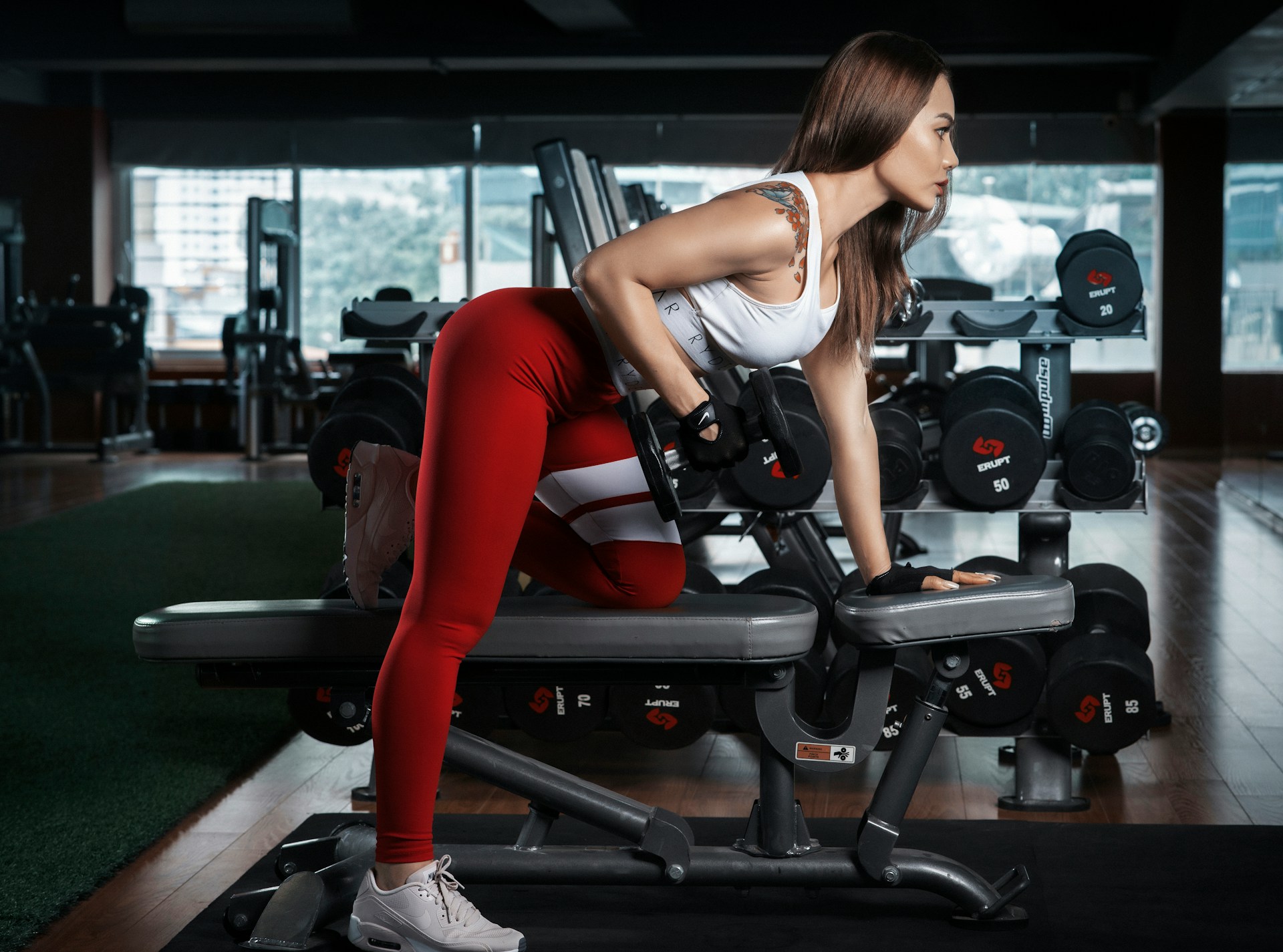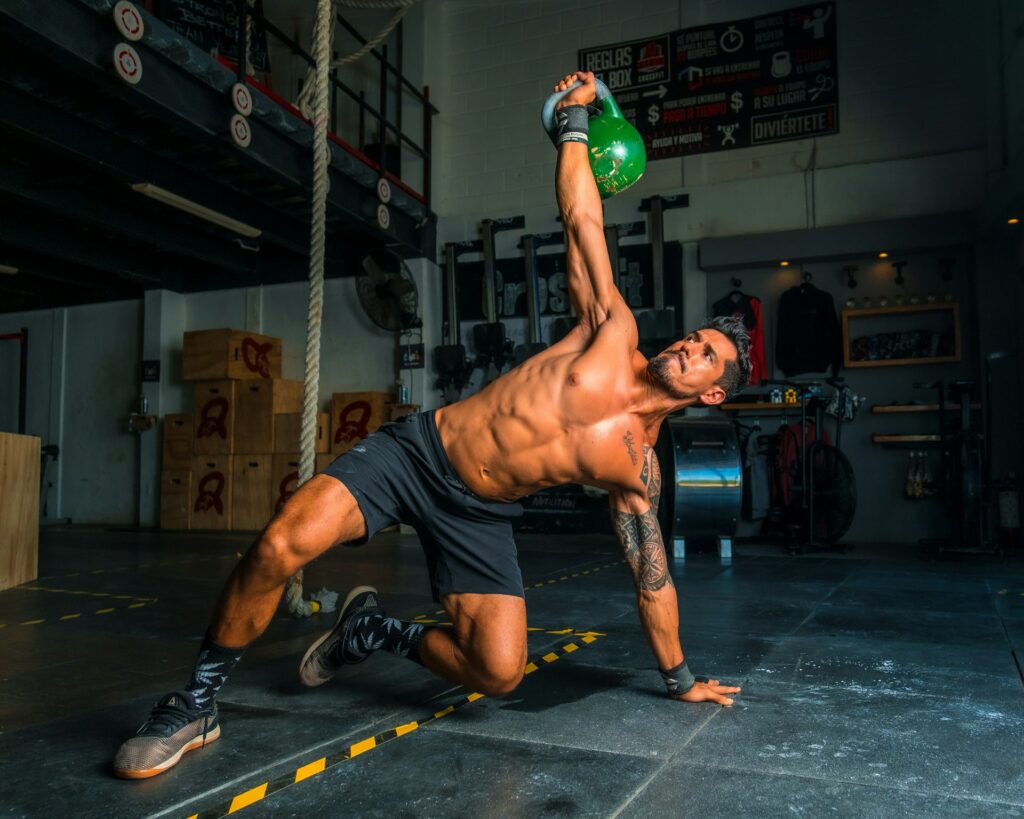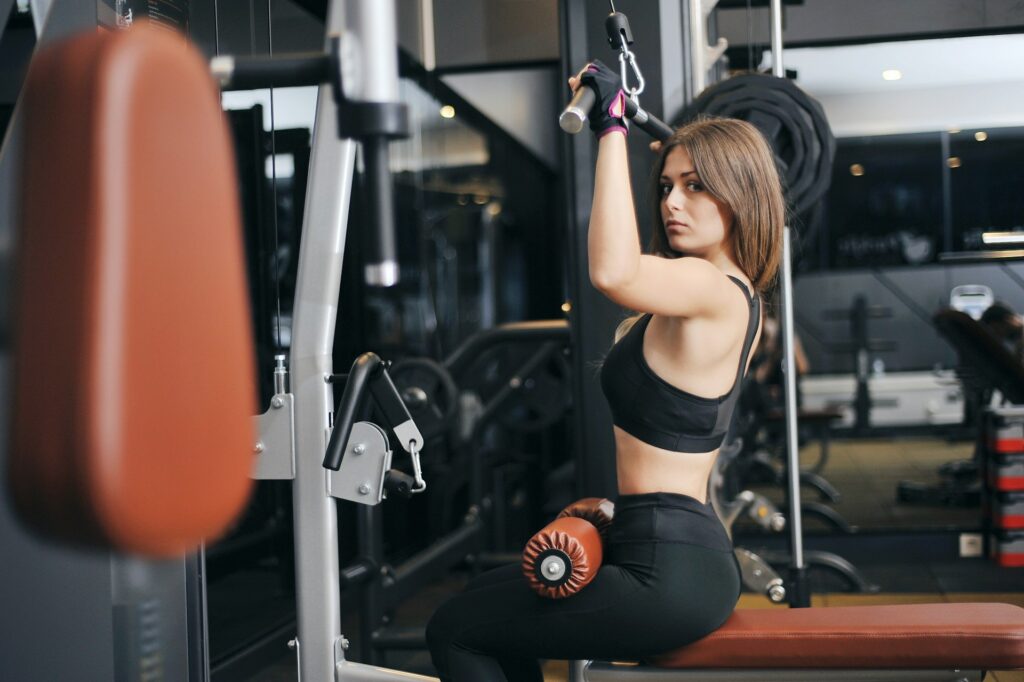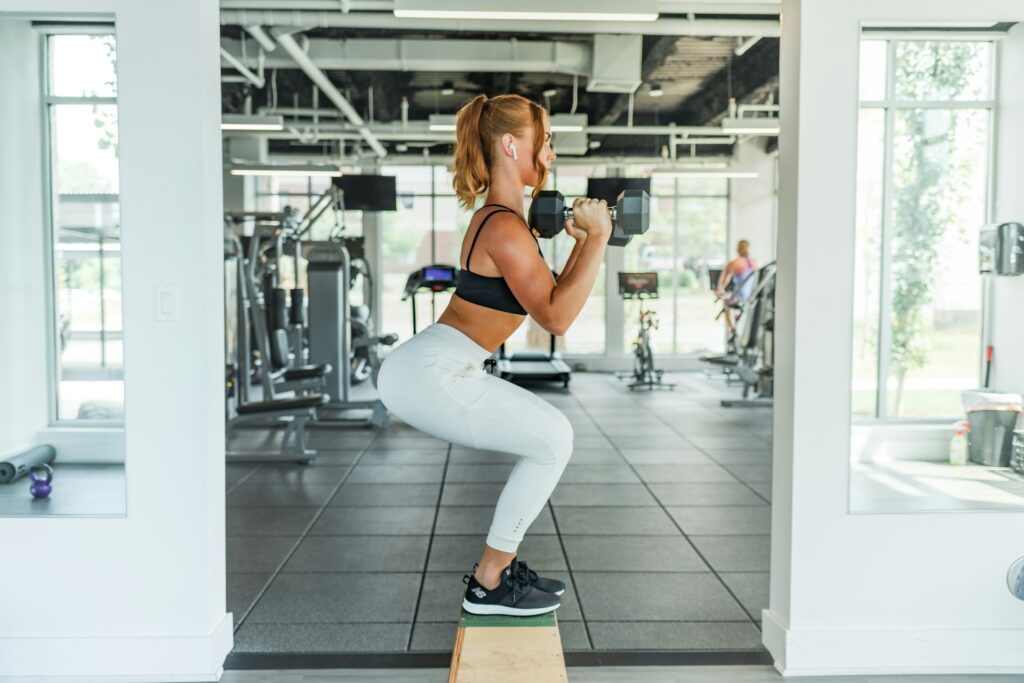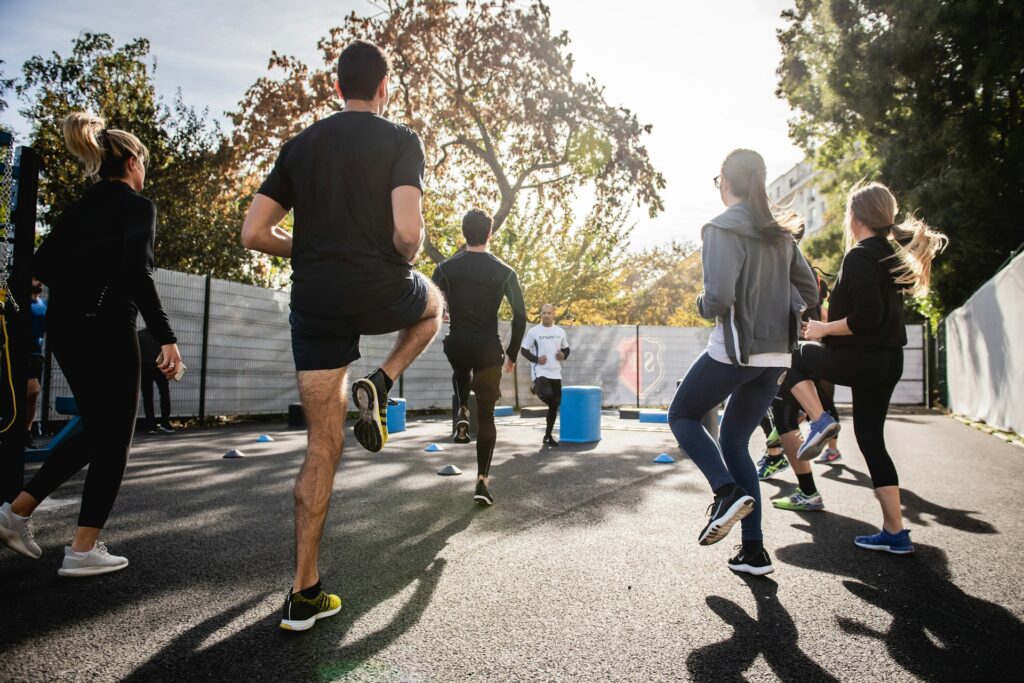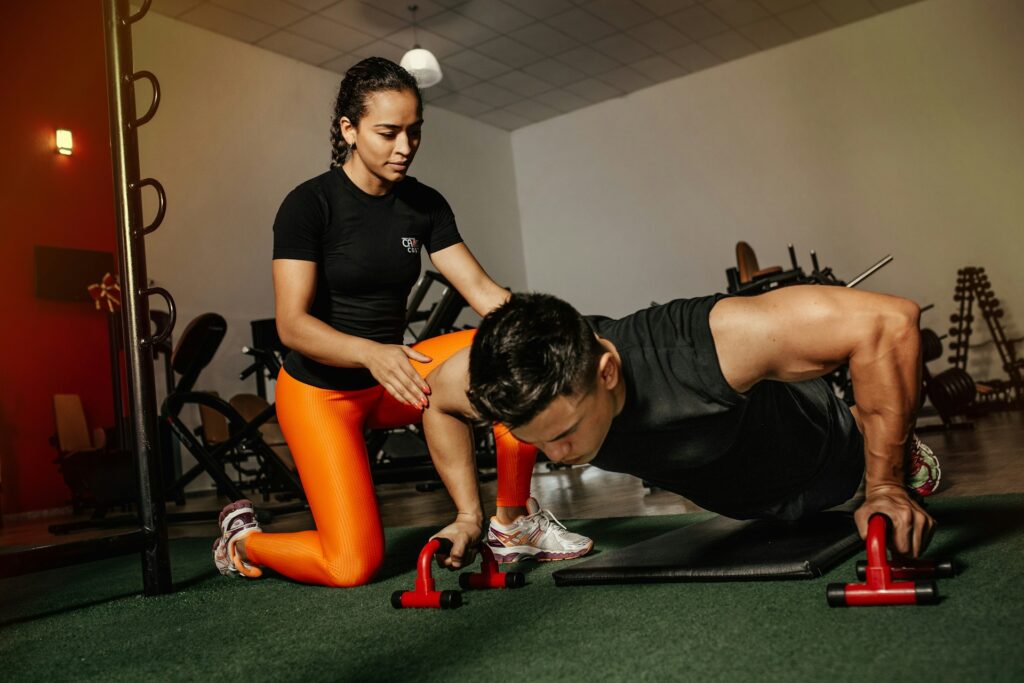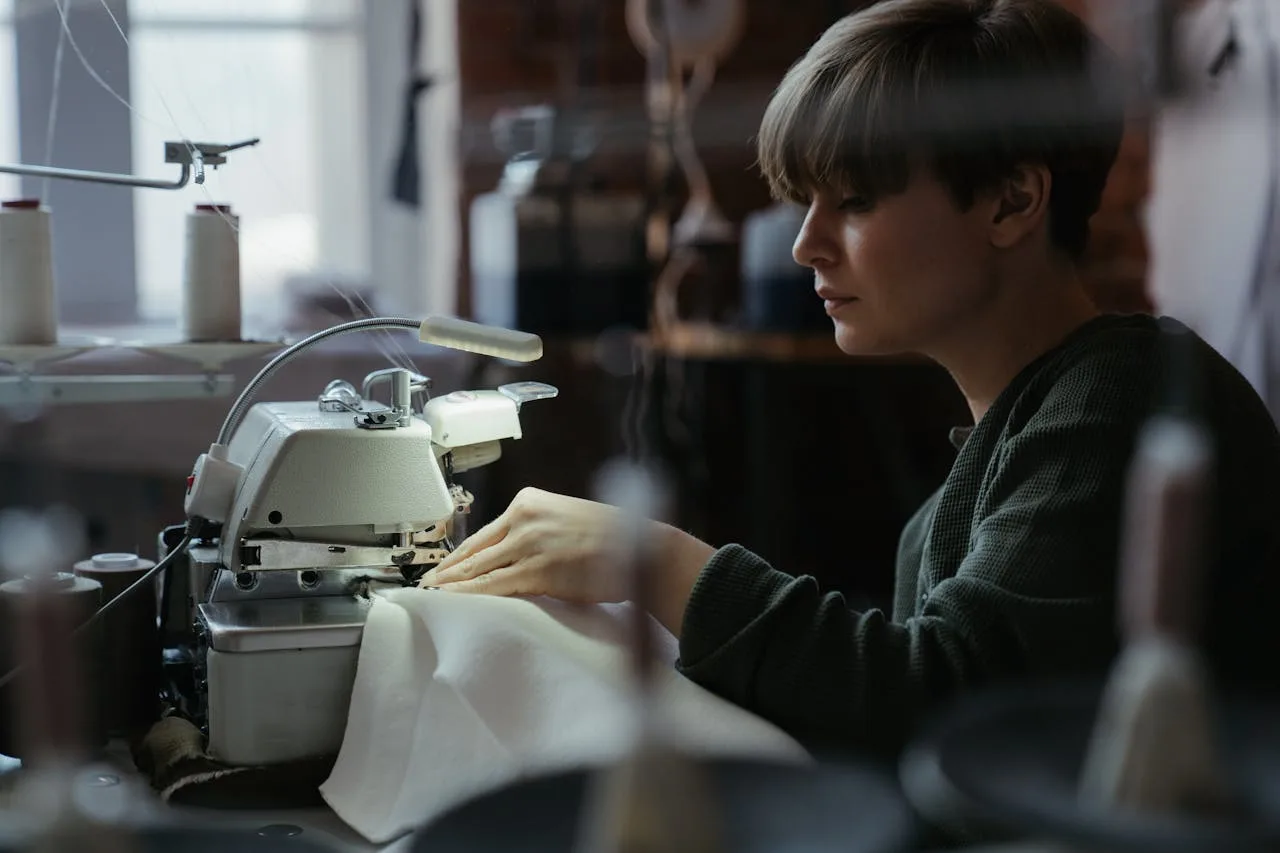As more individuals embrace fitness and better lifestyles, the demand for sportswear is increasing dramatically. This rise provides an excellent chance for businesses like you to access the thriving market. Are you wondering how to start a workout clothing line? It’s easier than you think—with the correct plan and a dependable production partner, you can transform your idea into a successful business. This book will lead you through everything you need to know, from start-up costs and profitability to industry trends and international demand. Are you ready to establish your fitness gear brand? Let’s get started on your path to success!
Why Start An Athletic Clothing Line?
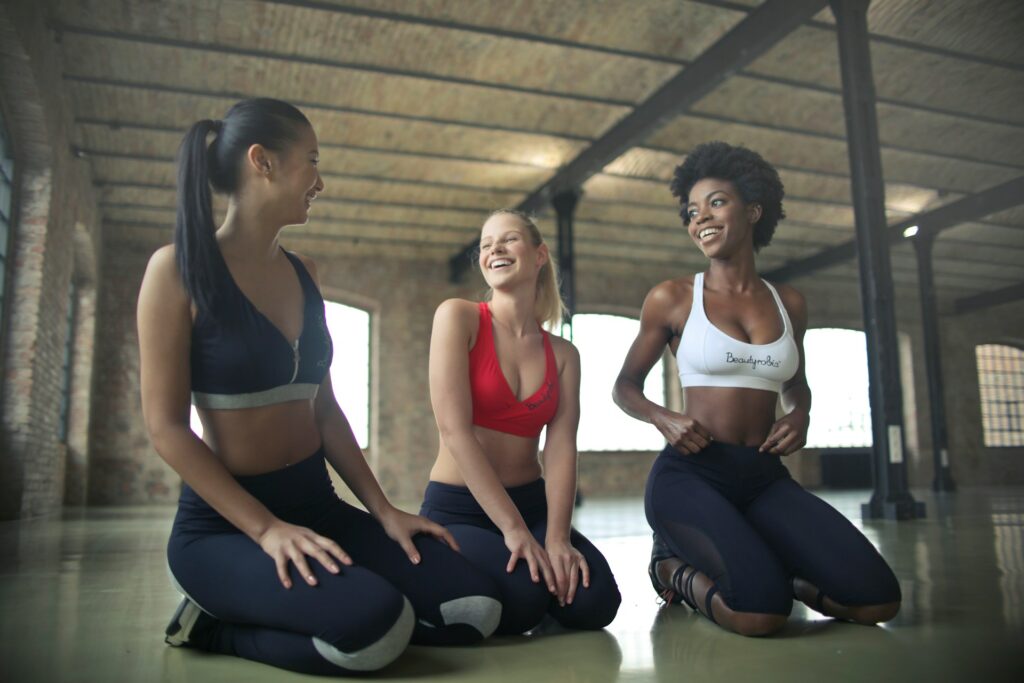
The global shift toward health-conscious lives has resulted in record demand for fitness apparel, creating an excellent potential for firms to prosper in this area. Consumers are searching for more than just fashionable sportswear; they want clothing that improves performance, feels comfortable, and reflects their values.
This allows manufacturers to target specific audiences, such as eco-friendly activewear produced from sustainable textiles or high-performance gear with moisture-wicking and durability qualities. By addressing these specific demands, you may carve out a niche in the business and create your own gym clothes and a brand that appeals to today’s health-conscious and ecologically conscientious consumers.
How To Start My Own Fashion Line?
Although starting a gym clothing line business may appear difficult at first, let’s take it step by step, and you’ll realize that it’s doable.
1. Identify A Niche And Research The Market
Starting an activewear brand requires much study. Before designing or sourcing products, conduct a market analysis to discover your specialty. Consider major trends. Americans spend $20-$100 per month on gym memberships, with a preference for in-person programs that need trendy, functional gym attire.
Boutique fitness studios, which account for 42% of gym memberships, demonstrate the demand for customized gear. Furthermore, while the average gym member is 40 years old, Millennials and Generation Z account for 36% of active members, highlighting the need for trend-conscious designs.
Analyze rivals’ products, pricing, target audiences, and marketing methods to find market gaps, such as sustainable or plus-size sportswear. Defining your niche allows you to adapt your offerings, messaging, and pricing approach, which will help your business stand out.
Throughout your journey, keep your niche in mind and make sure that all decisions are in line with the preferences of your target audience. If you are unsure, return to your research to fine-tune your emphasis for success.
2. Choose your Fitness Products
Once you’ve determined what your fitness apparel brand is about, it’s time to select the things that your customers will want. There are various categories to look into.
Athleisure Products
Don’t confine your fitness apparel line to gym goers; explore the larger appeal of athleisure—comfortable, casual attire ideal for a variety of venues. Focus on everyday comfort by attending to the needs of others around you. Take inspiration from brands which offers basic yet trendy athleisure outfits for work, home, and the gym. Their mission is to make clients feel confident, motivated, and comfortable while demonstrating the potential of adaptable activewear.
Sportswear Products
If your target base is heavily influenced by sports culture, choose and market your items accordingly. With the US sports business expected to generate $64.79 billion in revenue by 2029, investing in this burgeoning area might be quite beneficial. Find a specialized niche, select sports-related products, and establish a gym wear line with a unique twist on design. Offer rash guards to surfers, leggings to yoga aficionados, visors and polo shirts to tennis players, or establish a swimwear collection for water sports fanatics.
Plus-size Activewear Products
The athletic sector is increasingly catering to plus-size customers, with brands leading the way in delivering size-inclusive clothing. These brands are setting the benchmark for meeting demand, but there is still plenty of room for other manufacturers to enter and completely serve this developing industry. Given that the worldwide plus-size women’s clothing market is expected to reach $444.4 billion by 2033, the opportunity for growth in size-inclusive activewear is enormous.
Streetwear Products
Streetwear, which combines fitness with strong, trendy statements and draws inspiration from ’80s and ’90s counter-culture, is expected to be worth $266.74 billion globally by 2032. Streetwear is ideal for younger audiences since it is simple to design and very marketable, with 54% of consumers spending $100-$500 monthly and 18% spending more than $500, according to HYPEBEAST. Its year-round charm and adaptability make it a popular option. For brands, streetwear provides an opportunity to capitalize on broad, culturally driven consumer demand.
3. Decide Where You Will Source Your Products
At this point, you may be wondering, “I have my business idea, but where do I get the actual fitness clothing I want to sell?” There are two paths to take.
Buy in Bulk
Premium brands with advanced technical skills are expected to have the greatest increase in athleisure sales. If you have the know-how and are ready to put in the time and effort to curate need-specific fitness wear lines, this is an excellent alternative.
Keep in mind that buying in bulk has its drawbacks. In a demand-driven industry, if your brand lacks significant recognition, you risk having out-of-style products sitting in storage. Furthermore, this technique necessitates hefty upfront funding, which can be a big barrier for new enterprises.
Use Print-On-Demand Services
If you’re beginning an apparel business, collaborating with a print-on-demand (POD) drop-shipping provider is the most straightforward approach to launch a fitness clothing line. POD fulfillment reduces risks by allowing you to focus on trendy ideas rather than handling manufacturing or shipping. While POD goods are not customized, they are perfect for prototyping designs. Always test products to verify quality before release.
4. Create designs
Once you’ve decided what you want to offer, the fun part can begin: developing your designs. Whether you design it yourself or employ someone else to bring your concept to life, this is where your imagination can really show.
Consider how you might incorporate your ideas into sports gear in a way that makes sense for your brand. For example, streetwear is frequently associated with bright colors and louder expressions, whereas a yoga clothes company may be more simple and earthy in tone.
5. Build a Brand
When the products are finished, it’s time to establish your brand. Think about your fitness brand’s identity and values—what do you stand for?
Write down your story, explaining how you came up with the idea for your fitness apparel line, what your brand stands for, what makes your items and designs unique, etc. Help your customers realize why your brand is the best fit for their needs.
Create a consistent brand identity (including visual style and voice) for your store and marketing platforms.
6. Develop An Online Store
You’ve got the products and know what you want to say; the next step is to share them with your clients. First, determine which platform you wish to sell on. You can set up your own store or join a marketplace like Etsy or Amazon. Don’t forget about the technical factors, such as shipping and taxes.
Different rules will apply depending on where you sell, so contact with tax professionals if necessary. Determine whether you need to obtain a company license or complete any additional paperwork. Once everything is in place, test your order flow to ensure a smooth consumer shopping experience. If customers appreciate their visit to your store, they are far more likely to return.
7. Promote Your Fitness Clothing Line
Without a marketing strategy, it’s difficult to establish an athleisure, streetwear, or other type of fitness gear firm. So think about what you want to represent and focus on marketing these brand values to your customers.
Invest In Visuals
Great graphics, such as images and videos, are vital for promoting your fitness clothing business and connecting with style-conscious customers. Capture dynamic photos at the gym, track, or beach to showcase movement, and demonstrate product versatility by showcasing athleisure in professional, home, and commuter environments.
To provide a relatable touch, use authentic models who represent your target demographic. Because active lifestyles extend beyond the gym, user-generated material that shows your products in action can increase your reach more effectively than traditional marketing efforts.
Build Hype
Get your customers’ attention by releasing limited edition bespoke clothes. Create a collection with a limited amount of goods or a set buying window. To justify the excitement, make sure your product is distinctive—whether it’s following the latest trend or putting a unique spin on something fresh.
Follow The Seasons
Athleisure goods are adaptable, but collections must be tailored to seasonal demand. Plan ahead of time to offer seasonally appropriate designs, such as sweat-proof tank tops for warmer climates or light-reflective apparel for colder places. Customize your product line for your target market’s location and weather circumstances.
Furthermore, match advertising to current weather trends—avoid offering sunny clothing during blizzards or heavy winter attire during heatwaves. Anticipating seasonal fluctuations allows you to satisfy customer needs and keep your brand relevant throughout the year.
8. Collaborate
Collaborating with fitness influencers, instructors, and coaches is another effective strategy to spread the message. They have their own following and can help your business gain exposure and reach by endorsing, promoting, or simply utilizing your items in their daily lives. This is especially crucial for sportswear-oriented clothing brands.
Streetwear, for example, is intimately related to internet culture and many subcultures. Your best bet would be to seek internet influencers and artists that your clients know and enjoy, such as established fashionistas, emerging underground bands, and popular gamers.
Follow your target audience on the social media sites they like, and provide new twists on their favorite clothing items, such as personalized t-shirts, hoodies, snapbacks, and more.
The Costs of Starting A Fitness Clothing Line
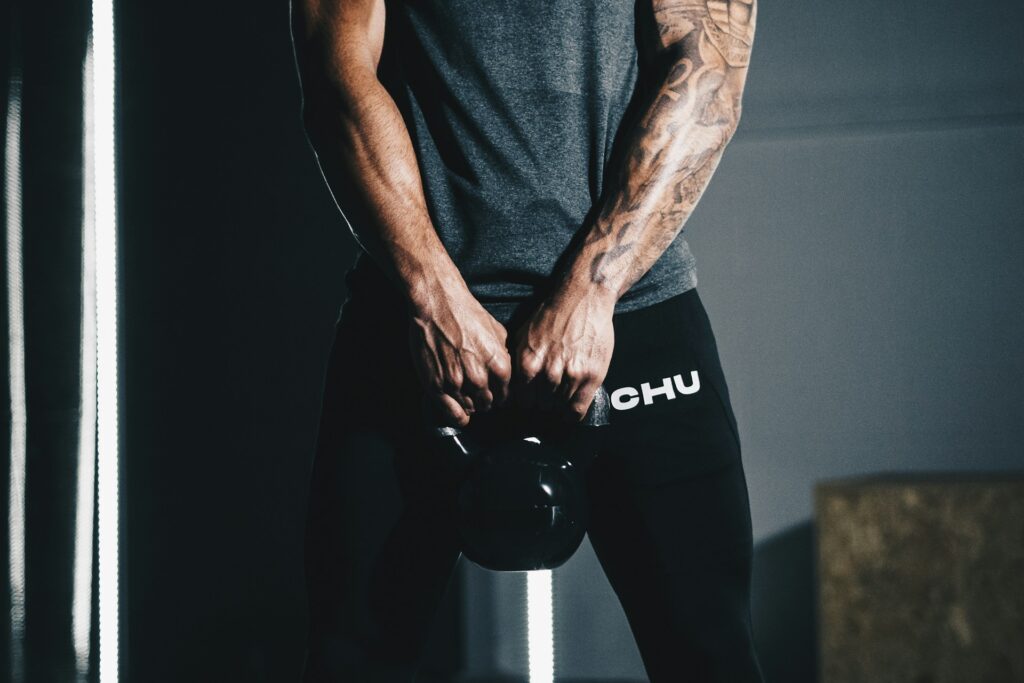
Starting a workout clothing line has various significant investments that must be carefully planned for long-term success. Understanding the initial investment and budgeting for various stages of production, branding, and distribution is critical for establishing a viable firm. To help you get started, we’ve broken down the important cost sections and budget ranges below.
Initial Investment Breakdown
Product Development
Designing, prototyping, and testing are all part of the development process for your activewear line. You’ll need to invest in design software, sample production, and materials to confirm your product fulfills the required specifications.
Manufacturing Costs
Manufacturing represents a sizable amount of your expenses. This covers bulk production expenses, fabric sourcing, and satisfying manufacturer-set minimum order quantities (MOQs). To efficiently manage expenses, consider collaborating with a reputable custom clothing manufacturer that has a variable MOQ.
Branding and Marketing
Building a solid brand identity is critical to success. You’ll need to budget for logo design, a decent website, and digital marketing activities, such as social media campaigns, to reach your target demographic.
Distribution and Logistics
Shipping, inventory management, and fulfillment are all significant expenditures that must be carefully examined. Effective distribution tactics guarantee timely delivery and client happiness, which has a direct impact on your brand’s reputation and profitability.
Estimated Budget Ranges
Low-budget Startups ($10,000–$20,000):
Starting small with a limited product line and focusing on internet sales can help to lower startup costs. This budget is appropriate for people seeking to enter the market with a low initial expenditure.
Mid-range Brands ($20,000–$50,000):
This budget provides for increased manufacturing quantities, improved branding, and a broader product line. It is ideal for individuals looking to grow their business while retaining quality and consistency.
Premium Brands ($50,000 and above):
This range is required for premium athletic lines that use high-quality fabrics, have greater marketing budgets, and distribute globally. Premium branding, advanced functionality, and extensive customization increase production costs but offer larger profit margins.
Is Activewear a Profitable Business?
The sportswear sector is very profitable, because of strong customer demand and excellent profit margins. Brands that stand out via quality, inventive designs, and distinctive features often succeed. Many great sportswear firms began as tiny businesses and grew via clever branding and product development. While the market is competitive, specialty options such as sustainable textiles, gender-neutral designs, and plus-size collections allow new entrants to differentiate themselves. Businesses that focus on high-quality production, unique designs, and focused branding can carve out a profitable niche in the congested activewear scene, even against established competitors.
Which Country Buys the Most Activewear?
Key high-demand regions drive the global activewear market. The United States is the largest consumer, because of its strong fitness-oriented culture. China is a fast expanding market, driven by rising health awareness and a growing middle class. The United Kingdom and Germany are outstanding markets in Europe for fitness and outdoor activities.
Similarly, Australia’s busy culture supports a steady demand for fitness wear. Understanding these markets is critical to strategic business growth. Tailoring your goods to regional preferences allows you to capitalize on substantial potential and effectively expand your activewear business.
Success in Activewear Is Closer Than You Think!
Starting a fitness apparel line is an exciting venture in today’s health-conscious environment. You may carve out a distinct position in this flourishing business by defining a niche, developing new ideas, and studying market trends. Proper planning for product development, manufacturing, branding, and logistics is critical to long-term success. Exploring significant markets such as the United States, China, and Europe will allow you to adjust your offers to satisfy global demand. Partnering with a reputable B2B manufacturer ensures both quality and scalability. Looking for a reputable gym apparel manufacturer? Contact Weft Apparel today to turn your activewear vision into reality!

